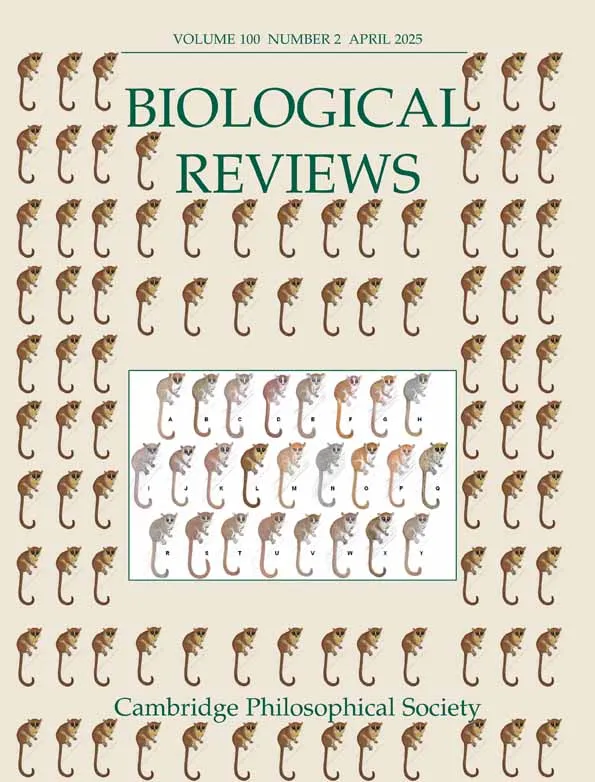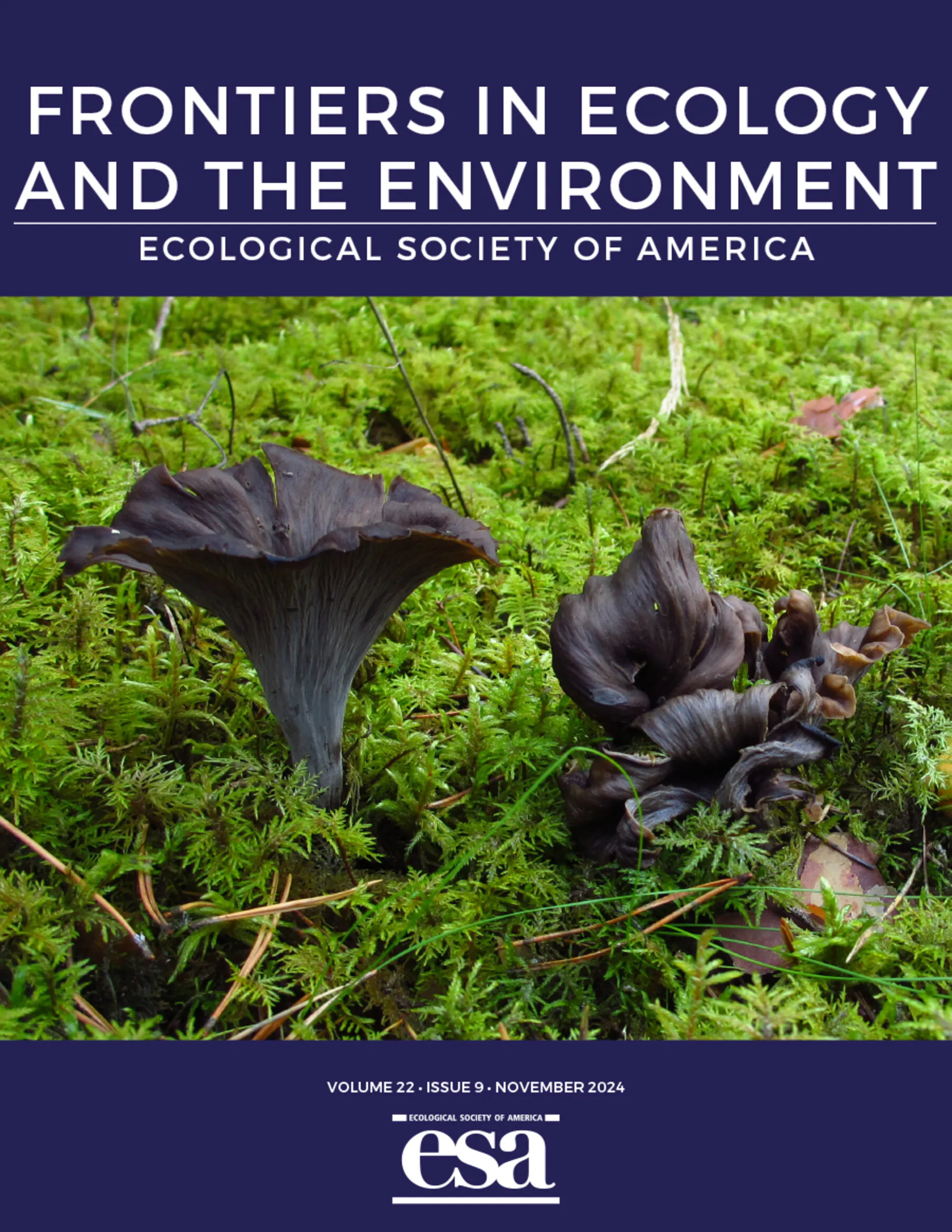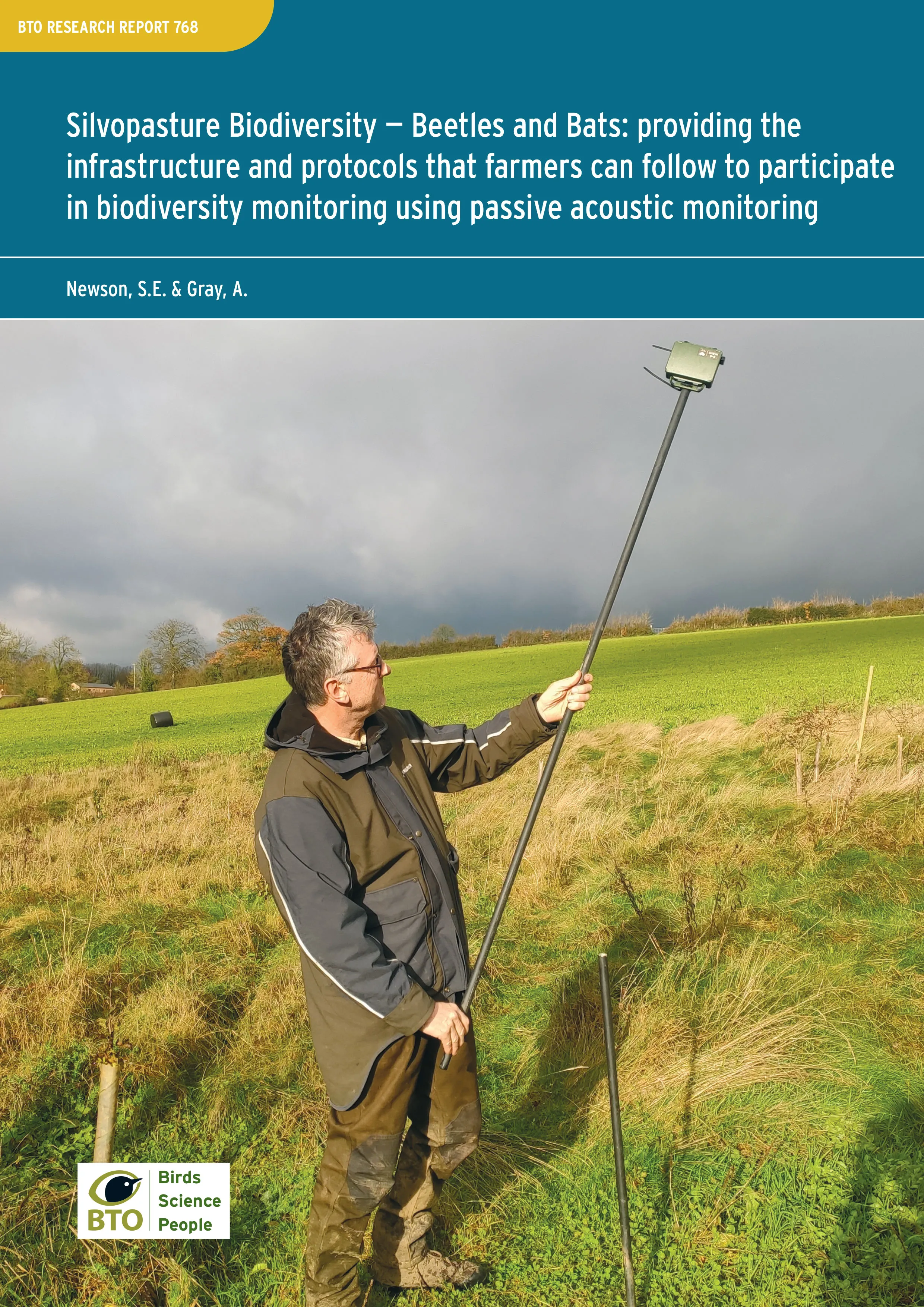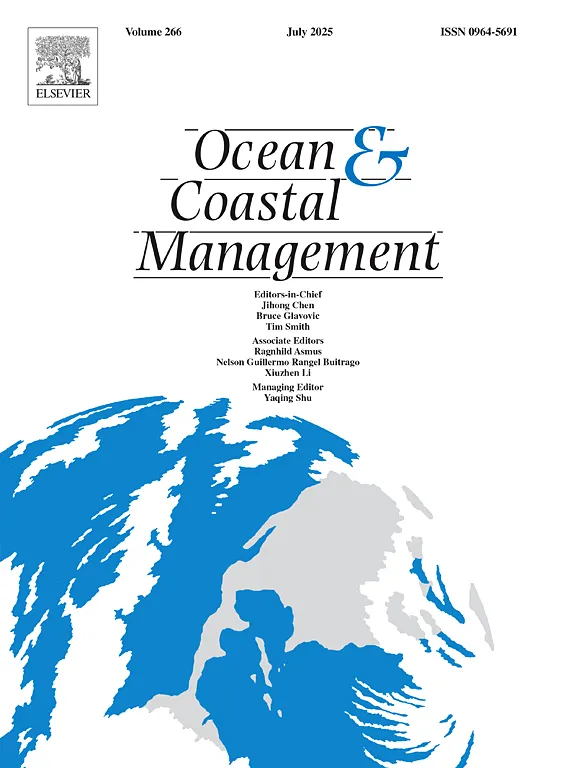BTO create and publish a variety of important articles, papers, journals and other publications, independently and with our partners, for organisations, government and the private sector. Some of our publications (books, guides and atlases) are also available to buy in our online shop.
Annual report of the Seabird Monitoring Programme
Seabird Population Trends and Causes of Change: 1986–2023
This report presents the latest seabird population trends in breeding abundance and productivity using data from the Seabird Monitoring Programme (SMP).
The report documents changes in the abundance and productivity of breeding seabird species in Britain and Ireland from 1986 to 2023, and provides a detailed account of the 2021, 2022 and 2023 breeding seasons.

Search settings
Treating gaps and biases in biodiversity data as a missing data problem
Author: Bowler, D.E., Boyd, R.J., Callaghan, C.T., Robinson, R.A., Isaac, N.J.B. & Pocock, M.J.O.
Published: 2024
The value of data collected by volunteers is inestimable and they have been used in myriad ways to address many pressing conservation problems. One big benefit is that much more data can be collected than could ever be managed if only paid staff were relied upon. This means that the data gathered can cover much larger areas and be more representative of the country as a whole.
08.08.24
Papers

Supplementary bird feeding as an overlooked contribution to local phosphorus cycles.
Author: Abraham, A., Doughty, C., Plummer, K. & Duvall, E.
Published: 2024
Putting out food for wild birds at garden feeding stations is a common practice, and one of a number of different forms of providing supplementary food to free-living birds. Another is the provision of grain and growers pellets by game managers to support Pheasants and other gamebirds post release. The act of putting out supplementary food may have wider effects on our ecosystems because of the nutrients present in the food, as this piece of research reveals.
07.08.24
Papers

How effective has the management of Cockle and Mussel fisheries on The Wash estuary been in ensuring that there is sufficient food for birds?
Author: Kirkland, M., Atkinson, P.W., Clark J.A. & Robinson, R.A.
Published: 2024
The Wash is England’s largest Special Protection Area, with Oystercatchers being a designated feature. During the winter, Oystercatchers rely heavily on Cockles and Blue Mussels for their food requirements, creating the potential for conflict with the human fisheries for these species.
10.07.24
Reports Research reports

Silvopasture Biodiversity – Beetles and Bats: providing the infrastructure and protocols that farmers can follow to participate in biodiversity monitoring using passive acoustic monitoring
Author: Newson, S.E. & Gray, A.
Published: 2024
Working with the Devon silvopasture network, a survey and sampling protocol was devised that allowed farmers to deploy static acoustic bat detectors over a seven month survey season to provide baseline data for bats. This report provides an overview of the survey coverage and main results from 2023, to highlight what can be delivered now using passive acoustic monitoring, whilst providing the next steps and a vision for the future.
01.06.24
Reports Research reports

The value of seabird foraging ranges as a tool to investigate the impact of offshore wind farms
Author: Woodward, I.D., Thaxter, C.B., Owen, E., Bolton, M., Ward, R.M. & Cook, A.S.C.P.
Published: 2024
A study led by BTO uses data from GPS tracking and other research to identify the likelihood of seabirds of 27 species interacting with areas off sea earmarked for 41 new offshore wind farms around the UK.
30.05.24
Papers
